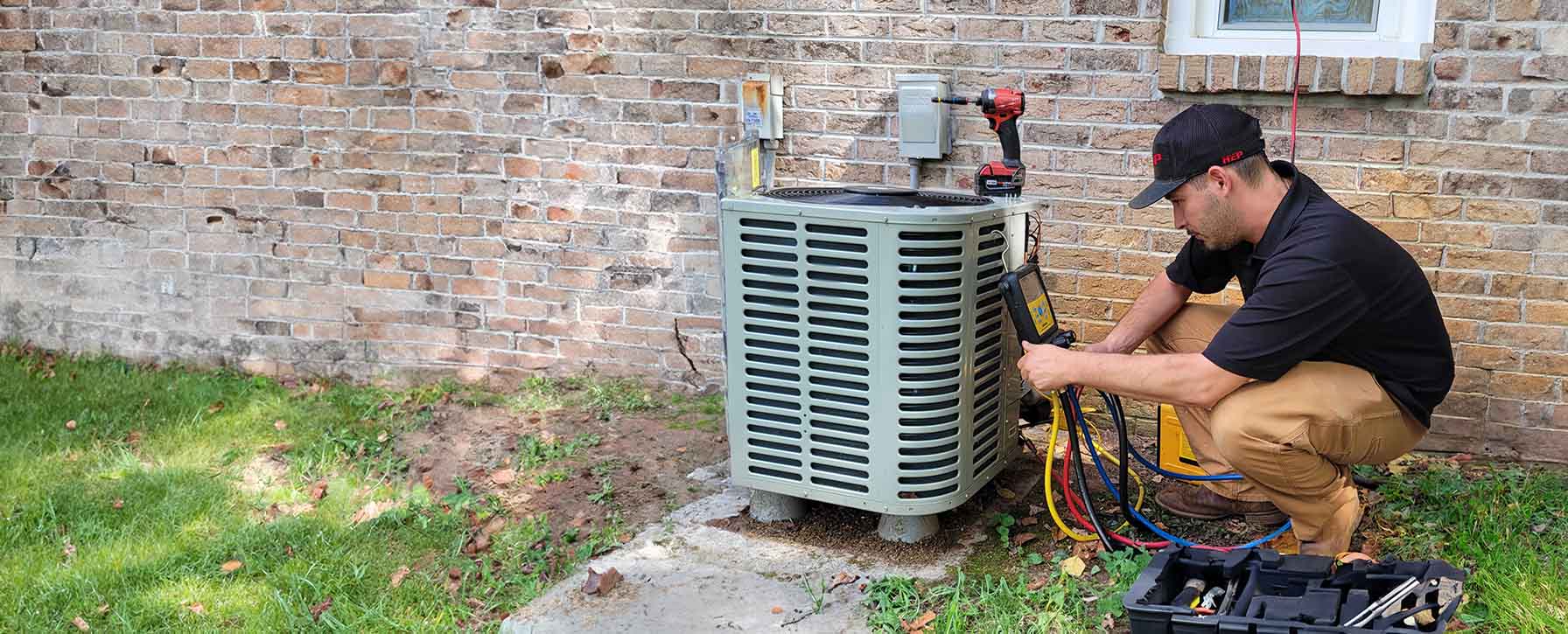

Climate Control
Your trusted partner for professional home services. Quality workmanship, guaranteed satisfaction.




- HEP
- Climate Control
Climate Control | Ventilation and Air Quality | Heating and Air Conditioning | Pioneer
Imagine stepping into your Pioneer home and feeling an instant wave of fresh, perfectly tempered air—no drafts, no stuffiness, just comfort. HEP’s climate control experts make that moment happen with energy-smart furnaces, whisper-quiet air conditioners, and cutting-edge filtration that targets everything from dust to seasonal allergens. Every system is custom-tuned to your lifestyle, backed by real-time monitoring and friendly, on-call technicians who know Pioneer weather patterns inside and out.
From precision duct sealing to smart-thermostat integration, we optimize performance where it matters most: ventilation and air quality. The result is lower utility bills, healthier indoor breathing, and year-round peace of mind—so you can focus on living, not fiddling with the thermostat.
FAQs
What services does Pioneer offer for improving indoor air quality?
Pioneer provides a comprehensive suite of indoor air-quality solutions, including high-efficiency air filters (MERV 11–16), whole-home air purifiers with UV-C and photocatalytic oxidation, humidity control systems (humidifiers and dehumidifiers), duct cleaning and sealing, and energy-recovery ventilators (ERVs) that introduce fresh outdoor air while conserving heating or cooling energy.
How often should I schedule maintenance for my heating and air-conditioning system?
We recommend professional maintenance twice a year—once in the spring for your cooling equipment and once in the fall for your heating equipment. Regular tune-ups keep components clean, verify refrigerant levels, check electrical connections, lubricate moving parts, and ensure safety controls are working properly. Routine service can cut energy use by up to 15 %, extend equipment life, preserve the manufacturer warranty, and reduce the likelihood of unexpected breakdowns during peak seasons.
What are common signs that my home’s ventilation is inadequate?
Warning signs of poor ventilation include lingering odors, excessive humidity or condensation on windows, mold or mildew growth, worsened allergy or asthma symptoms, and stale or stuffy air. You might also notice unusually high carbon-dioxide readings on portable IAQ monitors. If any of these issues persist, a Pioneer technician can perform an airflow assessment and recommend solutions such as additional return vents, duct modifications, or a balanced ventilation system.
How can I make my HVAC system more energy-efficient without replacing the equipment?
Even with existing equipment, you can gain efficiency by (1) installing a programmable or smart thermostat and using setback schedules, (2) replacing dirty air filters every 1–3 months, (3) sealing and insulating ducts, (4) adding attic insulation, (5) keeping outdoor condenser coils free of debris, and (6) ensuring proper airflow with unobstructed supply and return vents. Together, these low-cost measures can lower utility bills by 10–20 %.
What type of air filter should I use if someone in my household has allergies?
For allergy sufferers, choose a high-MERV pleated filter rated between MERV 11 and MERV 13. These filters capture up to 95 % of airborne particles as small as 0.3 microns, including pollen, pet dander, and dust mites, without overly restricting airflow on most residential systems. If your equipment can accommodate it, Pioneer can also install a media cabinet or electronic air cleaner for superior particle removal.
Why does Pioneer recommend energy-recovery ventilators (ERVs) for modern, tightly built homes?
Today’s energy-efficient construction techniques reduce natural air leakage, which is great for utility bills but can trap pollutants indoors. An ERV introduces a controlled stream of fresh outdoor air while exhausting stale indoor air. During this exchange, the ERV core transfers heat and moisture, so you gain ventilation without significant heating or cooling losses. The result is healthier indoor air, balanced humidity, and better overall comfort.